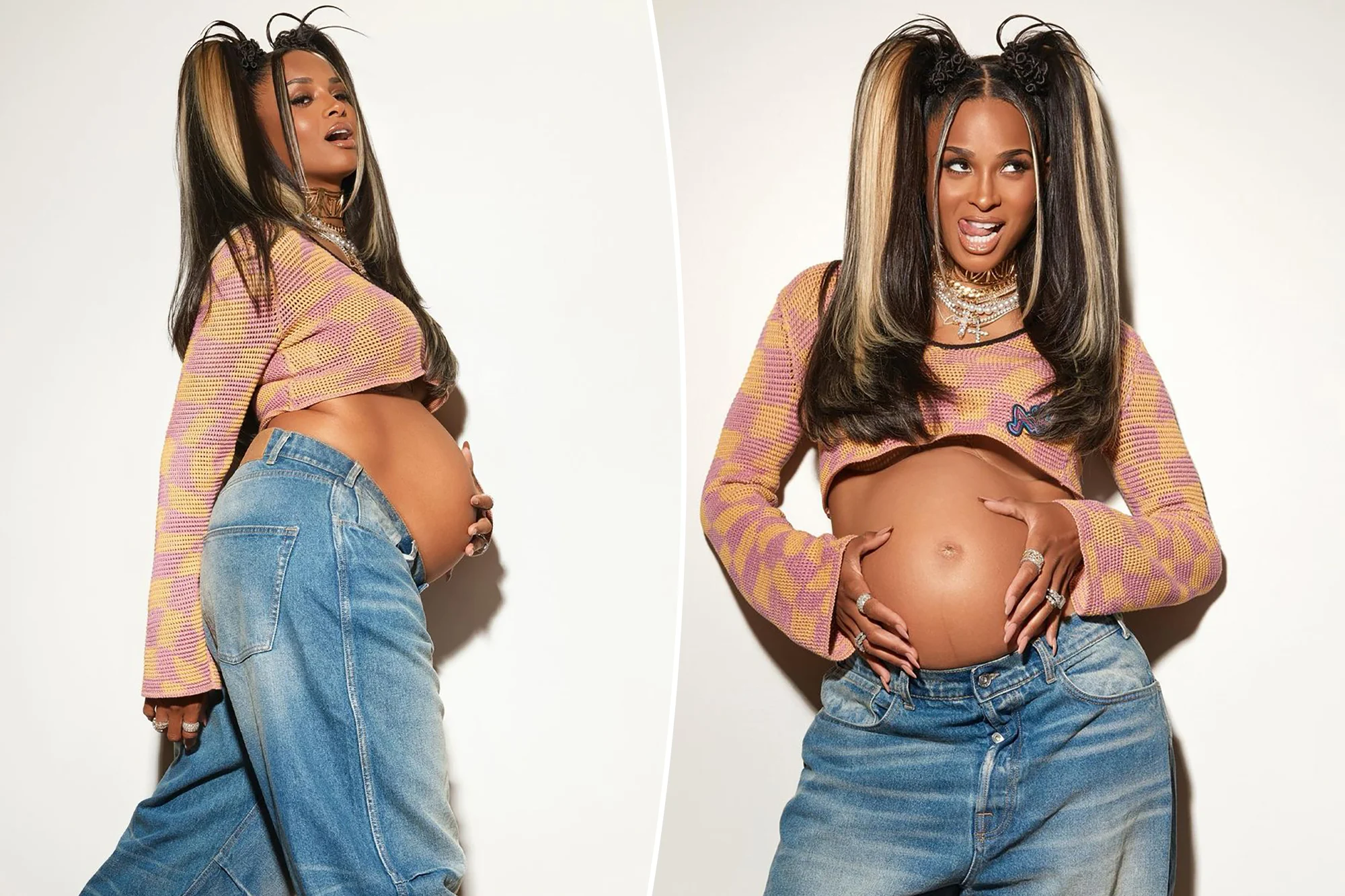When you stroll past a Victoria’s Secret store and see those eye-catching posters of seemingly flawless models, it’s easy to forget that what you’re seeing is often far from reality. This disconnect can lead many women to feel insecure about their own appearances. In an attempt to bring some transparency to this world, an anonymous former photo editor, Emily, has opened up about the extensive retouching practices at Victoria’s Secret.
In an interview with Refinery29, Emily, who still does photo editing for other brands, shared her decision to step away from the industry due to ethical concerns. “I realized that what I was doing wasn’t right,” she explained. “That realization has played a big role in my decision to no longer do it full-time.” She hopes that by speaking out, people can better understand just how artificial these images truly are.
The process of altering photos begins long before the camera clicks. According to Emily, models often wear hair extensions, and most of the time, they don’t have natural hair. Additionally, padding is used to enhance the models’ figures, with heavy additions sewn into swimsuits that can make them cumbersome. “They even place push-up bras under bathing suits, and we edit those out later,” she revealed. It’s not uncommon for models to be photographed in ways that create an illusion of cleavage that simply isn’t achievable in reality.
Emily also recounted her experiences with photoshopping body parts. “There were times when I was asked to make breasts appear rounder and higher, even if the model was naturally smaller,” she said. Many models were often an A cup, which is a surprising revelation to many. She mentioned that the retouching was so prevalent that it could lead to unrealistic body expectations for women everywhere.
Moreover, Emily noted that even the seemingly flawless underarms of models are often retouched. “Many models don’t bother shaving before shoots because we clean up the underarm area digitally anyway,” she stated, adding that they often arrive with natural body hair. This knowledge offers a glimpse into the behind-the-scenes reality of the modeling industry.
In discussing body diversity, Emily pointed out that despite attempts to incorporate models of different shapes, consumer demand often dictates the standard. “Victoria’s Secret tried featuring curvier models, but the response wasn’t what they hoped for,” she explained. The market continues to show a preference for the unrealistic ideals that have been perpetuated for years.
Although it may seem disheartening, Emily’s revelations serve as a reminder that the images we see do not represent reality. The more we know about the practices behind these advertisements, the more we can silence the inner critic that pressures us to conform to impossible standards. As we’ve learned, even the models themselves don’t look like that.
For further information on home insemination and related topics, check out this resource that provides valuable insights. If you’re curious about more practical aspects of self-insemination, consider this article as well. And for those looking for quality products, visit this link for expert recommendations.
Summary
A former photo retoucher at Victoria’s Secret, “Emily,” exposes the extensive retouching practices used in the lingerie brand’s advertising. From hair extensions to padding and digital alterations, the reality behind these images is often far removed from what consumers see. Emily’s insights highlight the unrealistic beauty standards perpetuated by the industry and serve as a reminder that even models don’t attain the perfection we often compare ourselves to.
